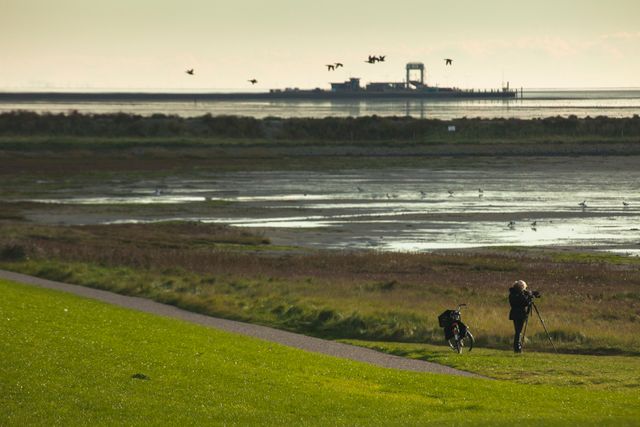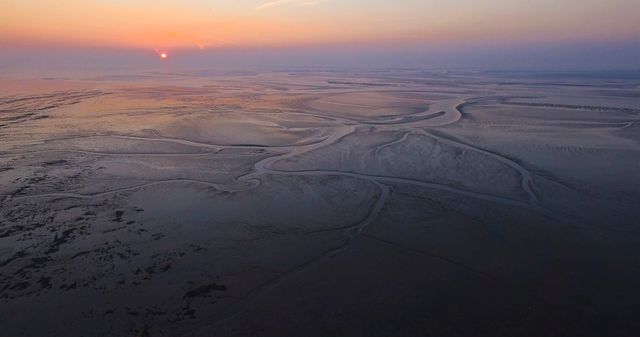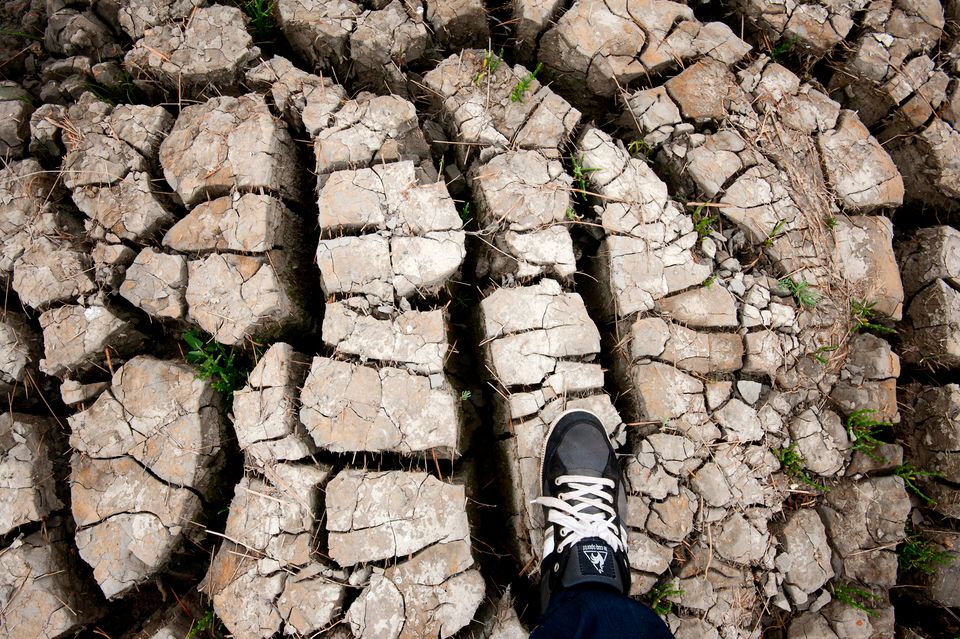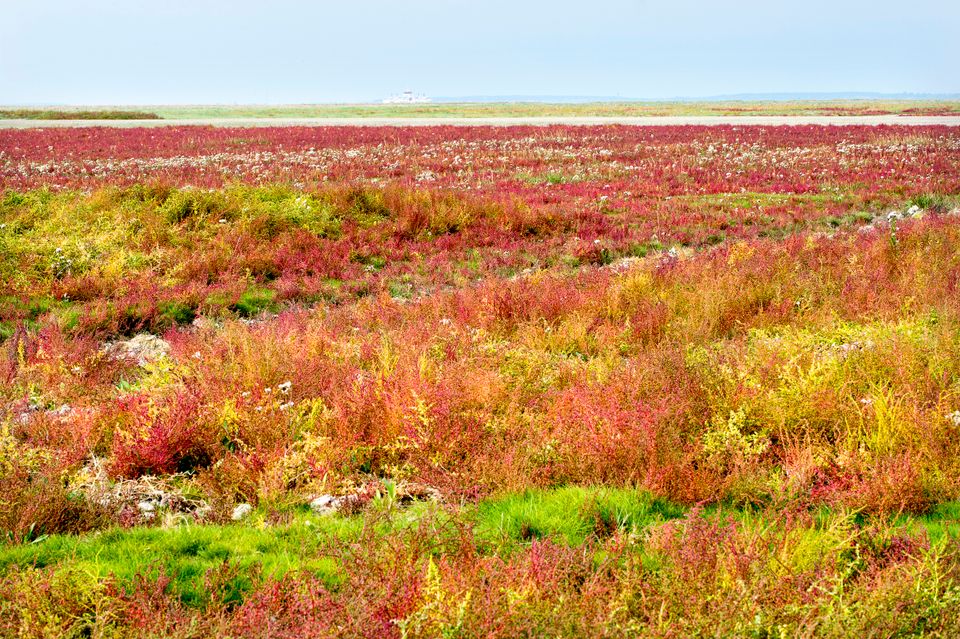Eldorado for halophilous nature
Categories
In north-western Friesland on the silted-up land at the mouth of the former Middelzee lies the Bildt, where history and cultural history are clearly visible: the impoldering, the impressively built dikes, unique farm buildings and the characteristic open landscape. In a tour around the old sea dikes you’ll pass by many interesting places, galleries, cosy cafés and restaurants. And don’t forget to visit Kweldercentrum Noarderleech and the Noord-Friesland Buitendijks nature reserve.
The more than 4200 hectare area with summer polders, water pools, salty grasslands, mudflats and marshes is an Eldorado for plants and animals. Marsh plants such as glasswort, sea aster, seepweed, spear-leaved orache, sea purslane, sea plantain, milkweed, strawberry clover and sea woodworm can all be found in abundance.
Largest in Europe
These outside dike edges of the Wadden Sea are absolutely essential for many of the unique plants and animals. These marshy areas provide brooding areas, food and serenity. But the outside dike areas are fast becoming scarce. What was previously mainly marshland in North Friesland is now just a tiny strip.
What was previously mainly marshland in North Friesland is now just a tiny strip. Yet despite this it is still the largest area of connected marshlands in Europe. It’s with good reason that the area is part of the Wadden Sea UNESCO World Heritage Site.
Kweldercentrum It Fryske Gea is located on the sea dike near Marrum. A great place for exploring the Noarderleech. In the summer cows and horses graze undisturbed between the channels and an array of various birds can be spotted. In the winter months the Noarderleech is a true spectacle of the elements and is well-known for, among others, the horse drama of November 2006.
DISCOVER THE STORY WITH THIS ROUTE:
-
World Heritage
World Heritage

-
Wadden Coast Friesland
Wadden Coast Friesland



